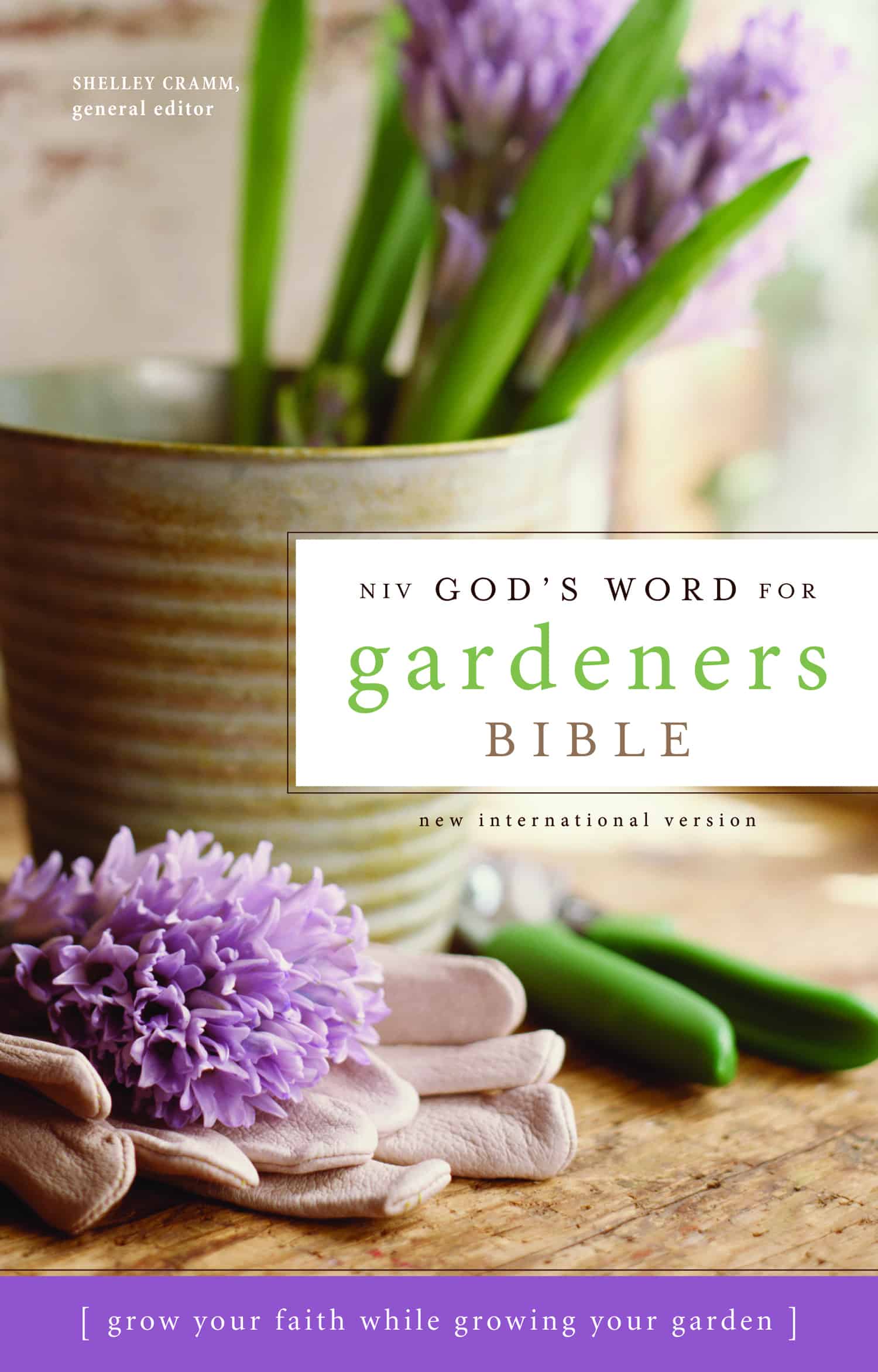Willow
Salix acmophylla
Salicaceae, Willow Family


And ye shall take you on the first day the boughs of goodly trees, branches of palm trees, and the boughs of thick trees, and willows of the brook; and ye shall rejoice before the Lord your God seven days.
Leviticus 23:40 KJV

In the New Internation Version translation of the Bible, עֲרָבָה (`arab), is translated as poplar trees, similarly found in watercourse habitats where willows are. Likewise, the NIV God's Word for Gardeners Bible features poplar, not willow, in the Promised Land landscape "Lay of the Land," Garden Tour section, pages 221-224

“‘He took one of the seedlings of the land and put it in fertile soil. He planted it like a willow by abundant water, and it sprouted and became a low, spreading vine. Its branches turned toward him, but its roots remained under it. So it became a vine and produced branches and put out leafy boughs.
Ezekiel 15:5-6 NIV
Cultural Information
| Type | Ornamental Tree |
| Height | 30 to 60 feet |
| Soil | any soil type abundantly moist |
| Exposure | full sun |
| Leaves | narrow, elongated, medium green about 4 inches long with central rib and whiteish underside |
| Flowers | catkin-type, fuzzy, flourescence in short racemes appearing in early spring; trees are male or female |
Planting Tips
- cold hardy to zone 2
- plant willow trees where there is an abundance of water, near a pond or stream, or in a low spot where water collects
- willow roots are agressive, so situate your willow far from foundations or septic systems
- willow trees drop leaves and branchlets on-going through the spring and summer; plant near easy clean-up surfaces
- willows are deciduous with uninteresting fall color
- despite these faults, willows are graceful, pleasing, and welcoming in a landscape panorama; plant where the full form of the tree can be seen to enjoy
Garden to Table
- willow branches wilt quickly making them not the best greenery choice for cut bouquets
- instead, cut long branches of willow and mass together lengthwise as a table runner
- alternately, cut a few branches just before dinner and weave among votive candles as a center piece
- several freshly cut willow branchlets striped of leaves can act as string or rope to tie together trellis', stakes, or temporary garden structure for growing annuals
- wrap stripped branches in a spherical mass and place in vase to hold bouquet flowers in place
- weave stripped branches into wreath forms for decorating, see Pinterest ideas
- willow branches are considered part of the "4 species" held together in celebration at the Feast of Tabernacles
More Research
See Blog Posts on WillowThe Lord is ready to quench us, knowing the yearning of our whole being to feel soothed (Isaiah 44:2; Psalm 62:8) and properly hydrated. God has a long history of providing water to those who are thirsty and fearful in their desert travel (Exodus 17:6).
-from the NIV God's Word for Gardeners Bible

“‘He took one of the seedlings of the land and put it in fertile soil. He planted it like a willow by abundant water, and it sprouted and became a low, spreading vine. Its branches turned toward him, but its roots remained under it. So it became a vine and produced branches and put out leafy boughs.
Ezekiel 15:5-6 NIV
Photo Credits
©2024 Shelley S. Cramm non-specific willows growing by Grand River, MI
©2009 Alicia Bramlett Flickr Creative Commons Jordan River Jordan on the right, Israel on the left The banks of the Jordan are thick with willow, poplar, and oleander
©2017 Shelley S. Cramm homegrown branches and fruit commemorate the Feast of Tabernacles celebrating - willow, vitex, dwarf myrtle, elaeagnus 'olive martini' with meyer lemon from my mother-in-law's garden

